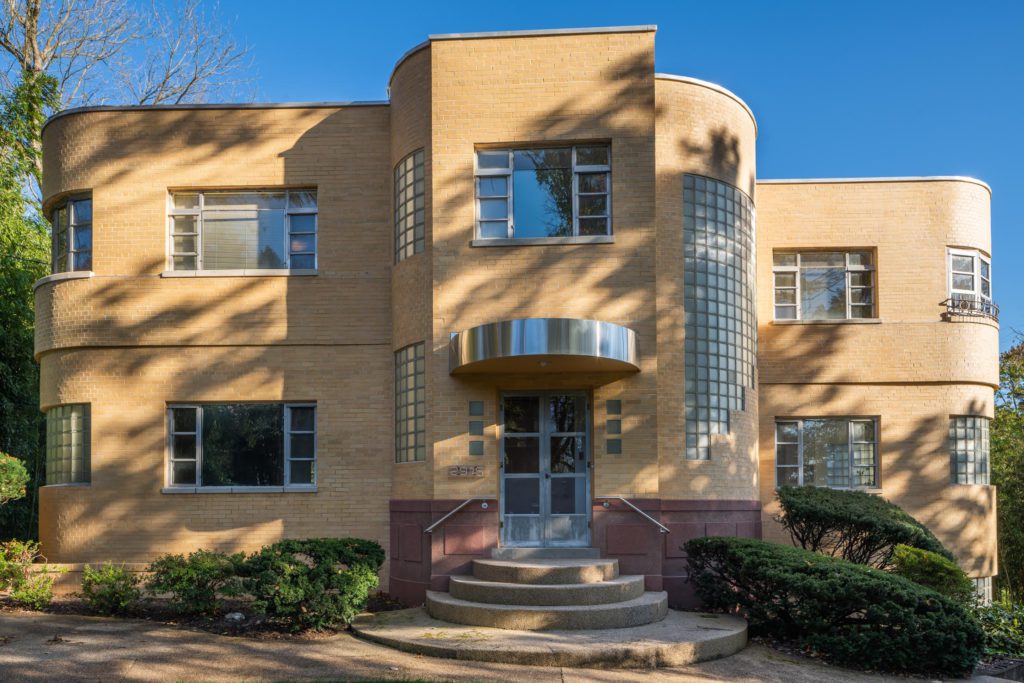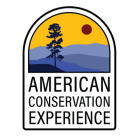My name is Justin Scalera and I am the ACE EPIC fellow for the National Park Service Heritage Documentation Programs. I create large-format architectural photographs to document America’s historic buildings and landscapes for the national archive held in the Library of Congress. I was born and raised in Watchung, New Jersey, a small hilltop town not too far from New York City. I spent most of my adolescent years photographing the surround world, particularly the historic buildings
and homes, which were plentiful in my area. I moved to Upstate New York to study fine art photography at Rochester Institute of Technology. There I engaged in quite a few artistic ventures and well as documentary projects. Most notably was my large-format photographic documentation of the Eastman Kodak Company’s film manufacturing plant. My love for the crossroads between art and documentation is what led me to take this position with ACE and the National Park Service. Continue reading below for my full interview!
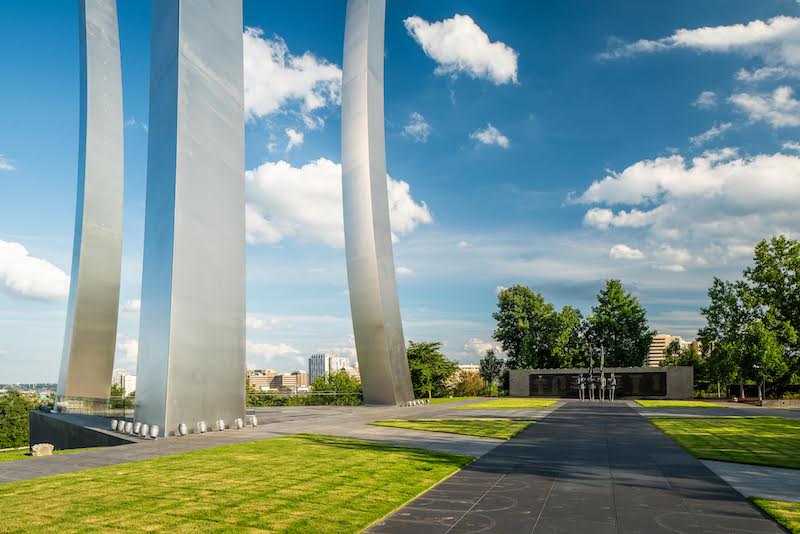
Q: How long have you been in your position with ACE and how long is your full fellowship?
A: I have been in my position with ACE since the end of the summer and my fellowship is one year long.
Q: What is a typical day like for you?
A: On days when I am out in the field shoot, my day actually starts the night before. I prepare and organize all my camera gear and ensure everything is ready to go first thing in the morning. This includes loading film holders, cleaning lenses and sensors, packing lunch, and preparing shot lists and maps. I typically will wake up well before the sun does in order to get to the site in time to capture the soft morning light. The way I work is totally dependent on the light. I am constantly watching where it is hitting and predicting where it will hit as the day goes on. Every photograph I take for the collection must be perfectly exposed, tack sharp, and perspective correct. The process for taking photographs of this caliber is very precise and calculated. It involves meticulous use of a light meter, exposure calculations, and technical camera movements.
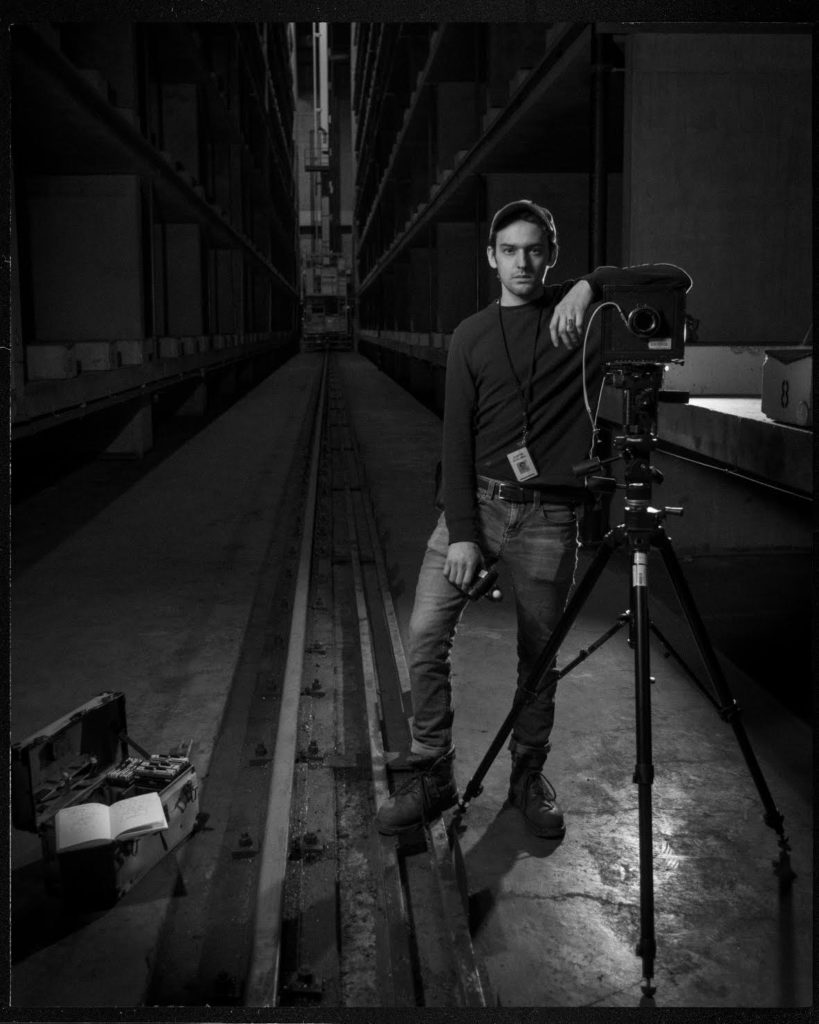
I will generally work from sunrise until high noon, when the sun is at it’s peak. Once the sun gets too high in the sky, the quality of light and shadows deteriorates and becomes too harsh to create pleasing images. During the middle part of the day I will either take a break or begin working on interior photographs if the project calls for any. If it is a cloudy or overcast day, I can work through the worst parts of the day. I then will continue to photograph all the way until sunset. All and all most of my days in the field are 12+ hours long, and sometimes multiple days in a row.
Days when I’m doing office work such as scanning, editing, captioning, and printing are much more relaxing. I’ll wake up, have a nice cup of tea, listen to music, and chug away at my computer.
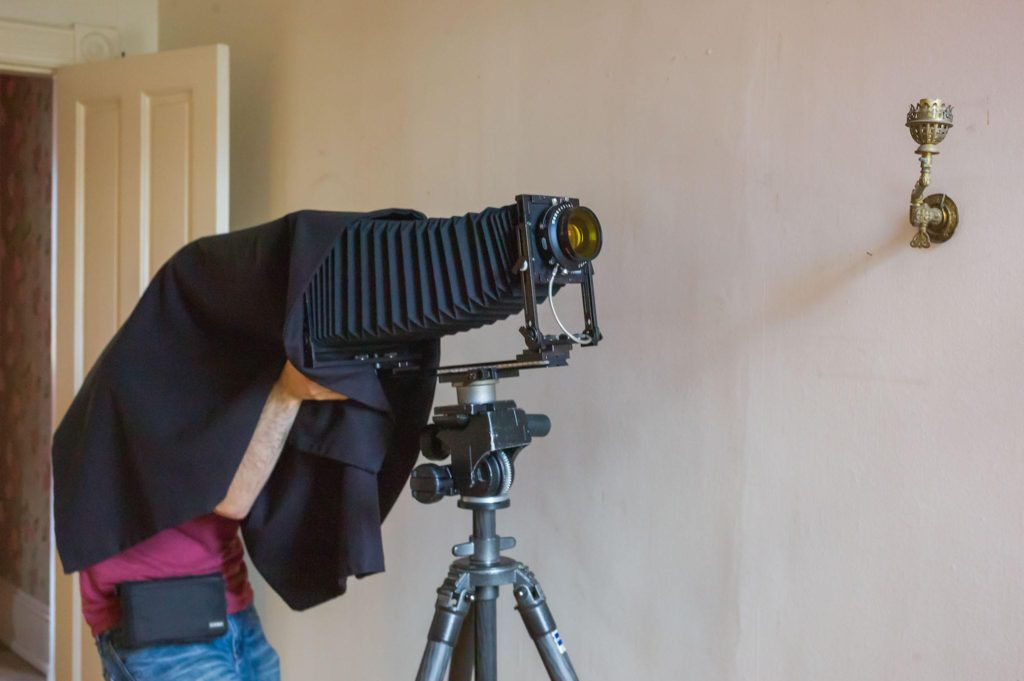
Q: What has been your biggest highlight so far?
A: By far my biggest highlight has been working on the HALS documentation of Gettysburg National Cemetery. I traveled to Gettysburg, Pennsylvania to photograph the landscape of the cemetery, as well as the wall and fence that encloses the cemetery and the buildings and monuments that inhabit it. I spent three long days there and created 48 large-format views using a 5×7 view camera and black and white film. It was a beautiful fall week and I got to experience and be a part of a legendary historic location. That is what I love most about this job: being able to document locations such as these and preserving them in film for generations to come.
Q: What has been the most challenging part of being an EPIC fellow?
A: This position comes with a number of challenges, mostly physical ones due to long days and carrying extremely heavy equipment the whole time, but for the most part, I can push through those. Some of the more frustrating challenges I encounter come from the constantly evolving photographic technology and the need to evolve with it a learn it as it comes out. For almost 90 years our program has used generally the same types of camera systems. While the equipment may have advanced, the process stayed the same. Recently, we began the switch to digital photography, and with that came learning an entirely new system and process for making photographs. The hardest part about photography these days is new cameras and programs are constantly being released and updated so it’s always a dance trying to keep up with it.
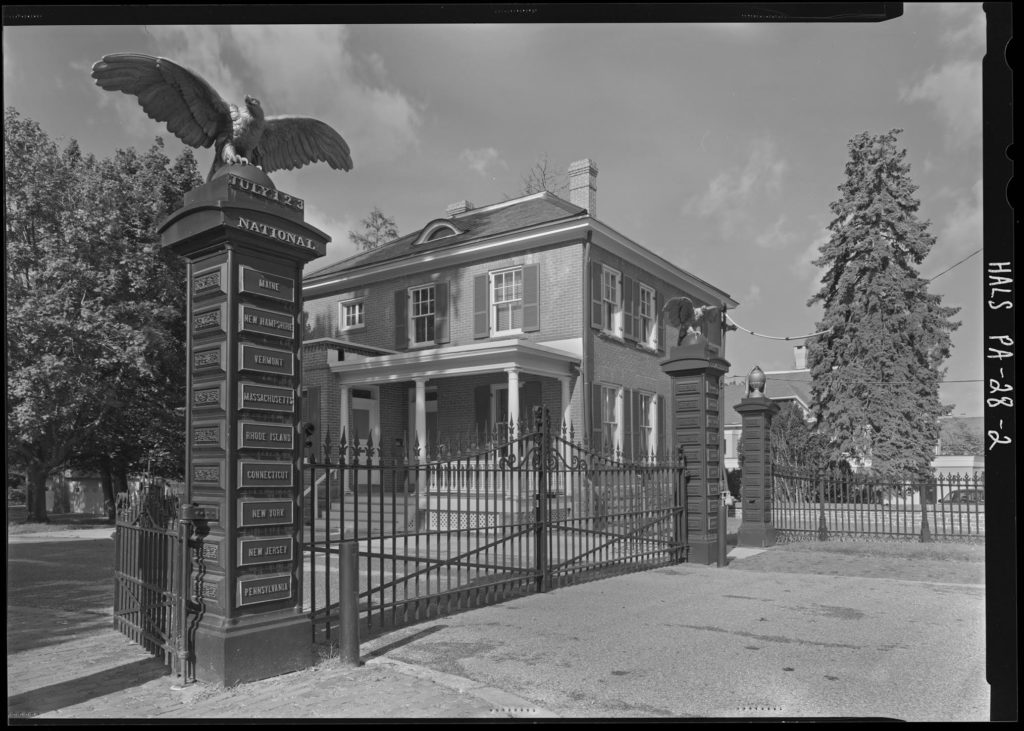
Q: What do you feel are some of the most valuable skills you are learning during your fellowship?
A: Through this fellowship I have gained an invaluable amount of knowledge when it comes to the photographic documentation process and the relevant technologies. Most notably was learning the Zone System approach to large-format photography. This is a historic process used to enable the photographer to have total control over exposing film in order to create perfect, technically sound photographs. I learned this system, as well as an innumerable amount of photography tips and tricks, from our senior staff photographer Jarob Ortiz, who I am lucky to have as a colleague, mentor, and friend.
Q: If you could give someone going into your position some words of advice, what would you say?
A: You may not want to get up early, and you may not have the energy to stay late, but the time right before the sun comes up and right before the sun goes down are some of the most magical moments one can experience. And they make for damn good photographs.
Also, take time to see the world with your naked eyes. Don’t live your life entirely through a camera lens. I have trouble following that advice myself.
Q: Where do you see this position taking you in the future?
A: I have developed such a strong passion for this type of work, and I would love to continue working in this field for as long as possible. This program is a culmination of art, historic preservation, and photography and I cannot think of a more perfect position for me. To be able to use my skills and passion for art and photography to do a job documenting and preserving historic locations for future generations is a dream come true.
